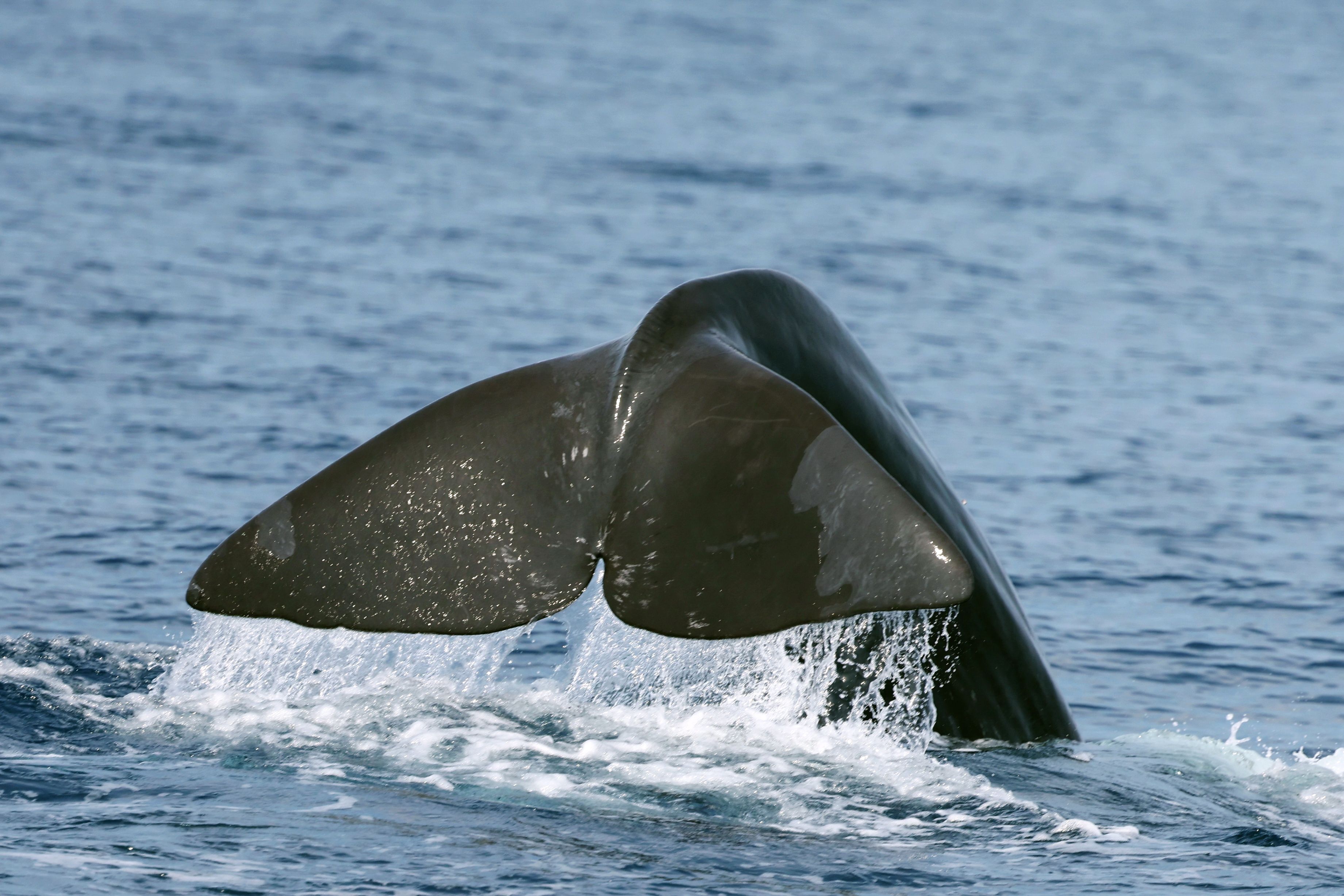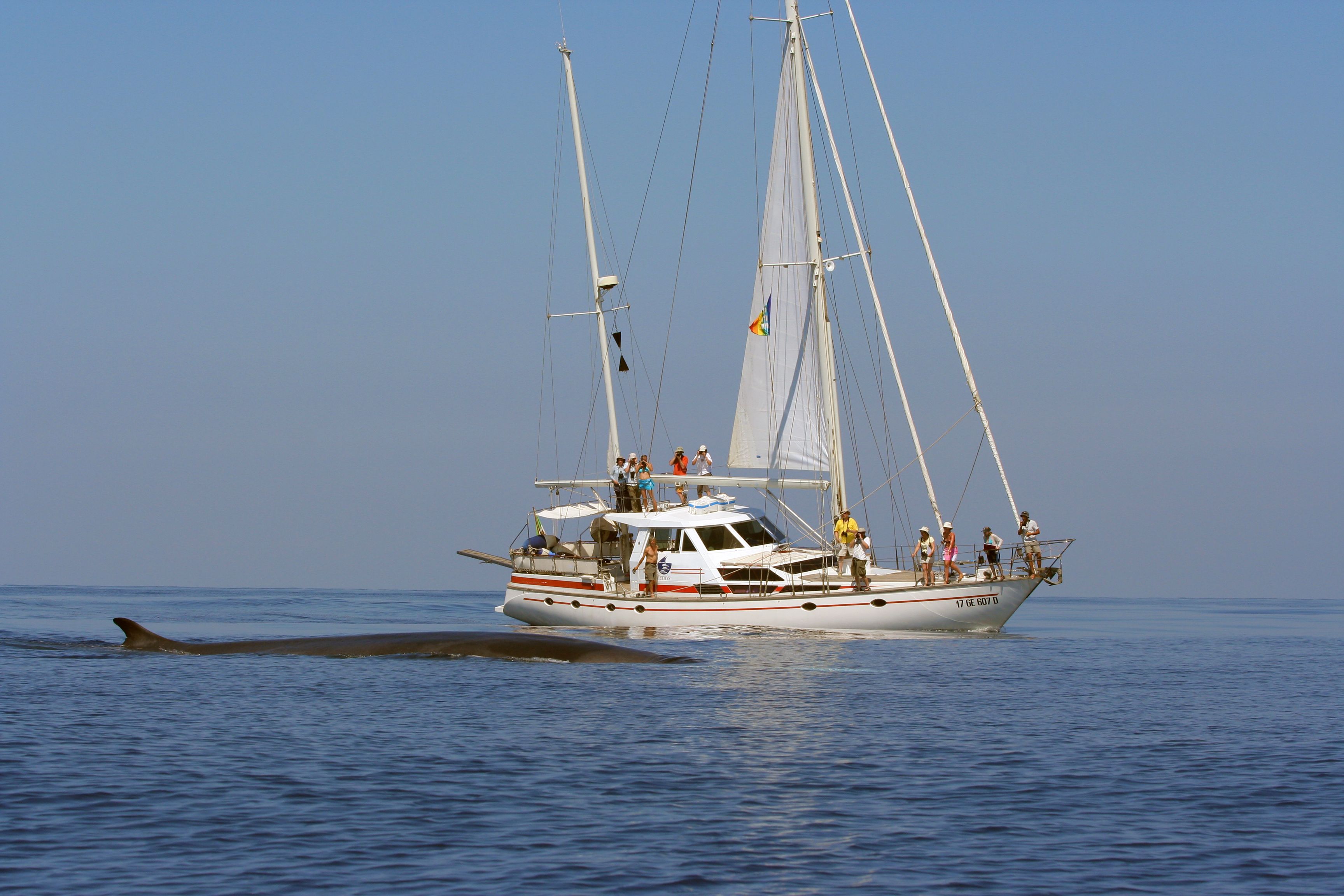The sperm whaeling of the Pelagos sanctuary is back in Liguria,

In recent days the first weight sighting. The search at sea of the Tethys association open to the participation of citizens starts again
An imperceptible movement in the waves, a spray that rises from the hair of the water. Usually the signals are these. The binoculars are focused, the image is perfected. Sometimes a dorsal fin appears, which stands out on the horizon. In other cases, the clear shape of a dolphin or a whale that peek on the surface. Every time it is a great emotion. For someone it is the first experience ever; Others are now veterans. For everyone, the certainty of being privileged: be able to observe whales and dolphins closely in the open sea, in their natural environment. Nothing to do with the underwater flourishes that all appear the same – and also a little sad – behind the glass of an aquarium or a water park. But there is more: the awareness of being able to give, with those observations, a contribution to scientific research.
Off Liguria, magic repeats itself every year. It is from the eighties that theTethys scientific association monitor the water mirror of the Pelagos sanctuarythe large marine area between Tuscany, Cosica, Liguria and the Principality of Monaco, which houses at least eight different types of cetaceans. And he does it with the help of many enthusiastic volunteers who decide to participate in the weeks of observation in the open sea in a project of Citizen Science which contributes to keeping the data on the populations present updated.
In recent days there has been the first sighting «PESante »of the season, a sperm whale intercepted off Vallecrosiaon the Imperiese coast. And from now on they will be more and more. The Pelagos sanctuary is a propitious place for observations. Animals go here because find ideal conditions both for reproduction and for feedinggiven the presence of many small crustaceans that make up the Mediterranean Krill, particularly abundant. In addition to the sperm whales, you can come across common whales, globicephal, zifii, gramps, common dolphins, tursiopi And stenle.
The sanctuary, established in 1991 precisely on the basis of the explorations carried out already in the previous decade, has an area of about 88 thousand square km and is a protected area internationally, even if there are not too rigid regulations in order not to penalize commercial and pleasure traffic and fishing activities too much. It is no coincidence that one of the main problems for animals is that of accidental collisions with venage boats, especially with larger ones.

The signs that recall the clashes that took place in past seasons are often the distinctive trait of the animals observed by the bridges of the « Pelagos », the research boat of Tethys who inevitably took the name from the sanctuary. From a chipped pinna you can go back for example to the identity of the single animal to monitor its health conditions over time. But the quantitative aspect is also important: the number of sightings and the number of specimens gives the idea of health status of the entire ecosystemthat like all marine environments deal with the problems due topollution and al excessive fish withdrawalwhich reduce the food available to cetaceans. Fishing activities are also responsible for accidental catches by the crews of the fishing boats or even the so -called « ghost nets», That is to say equipment lost or abandoned by fishermen who, however, at sea continue to fish, or to trap fish and turtles that end up succumbing for asphyxiation or for attacks by other marine animals, facilitated by their condition of immobility.
«This is why our work is important – he comments Sabina AiroldiMarine Biologist of Tethys, project manager Cetacean Sanctuary Research -. The collaboration of students, researchers and many simple enthusiasts who climb aboard the Pelagos is the added value that allows us to be practically every day in the heart of the sanctuary to collect data and images ».
From the end of May and until October it is possible to enroll in these Observation cruiseswhich last six days and allow a full immersion in the world of scientific research (Here all the details) and in the heart of the sanctuary. It is not just a matter of being a lookout to scrutinize in the waves. On board the Pelagos there are also listening and recording instruments capable of captivate the sounds of the cetaceans and to carry out analysis in real time. The team is also equipped with professional recovery equipment photos video that allow you to create very high quality images, also from the sky through drones and underwater.
An activity, that in collaboration with the « scientist citizens », which now goes on from 38 years. There is no need to particular scientific preparation or a previous browsing experience: just just the will to be there and to do something for the environment and biodiversity. At the beginning of each day, Tethys researchers carry out a disclosure meeting to explain the techniques and objectives of the research. And to raise awareness of the protection of the sea and the creatures that inhabit it, an activity that the association regularly carries out on the mainland.
«We also have a disclosure project in Greece – he explains Maddalena Jahodacommunication manager of the project – and to date we have hosted on board More than 7 thousand people from all over the world. Thanks to them, part of the research costs is covered but above all, we can continue to fill in The series of scientific data on the longest and longest -lived cetaceans of their kind».






